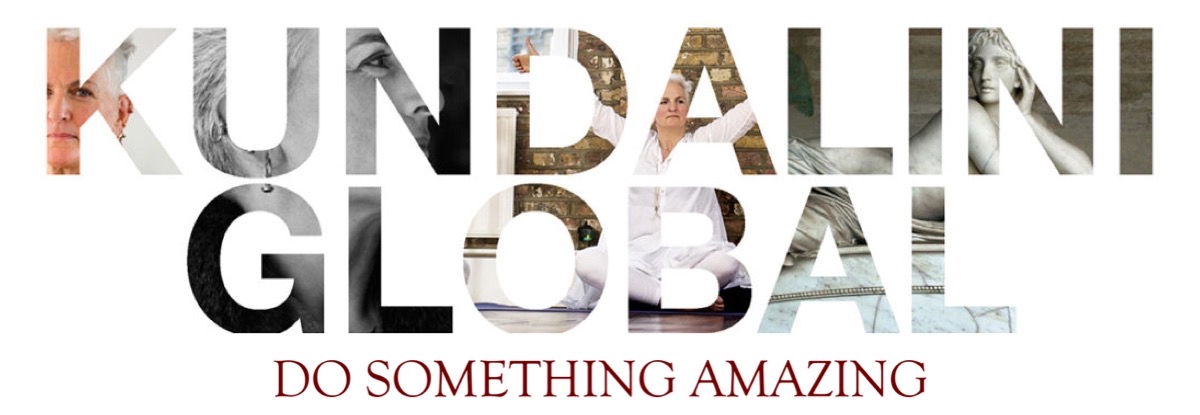Inclusivity and offering yoga classes to a broad demographic
radical definition (Especially of change or action) relating to or affecting the fundamental nature of something; far-reaching or thorough.
A New Way
At its roots, in the thinking and intention behind creating a new form of yoga, and in the breadth of information, reflection and thought explored in the training of teachers, Kundalini Global aims to be inclusive as a training and to create teachers who think about inclusion in an open-minded way.
The intention to provide equal access to the opportunities Kundalini Global yoga offers to people who might otherwise be excluded or marginalised runs strongly through the training itself, and thus through the roots of our practice.
What is a radically inclusive teacher?
Kundalini Global’s goal of inclusivity comes in largely in relation to the practice of teaching yoga, since that is what Kundalini Global exists to offer. How we do it so that people are not excluded. How we teach so that we are not creating hierarchies and competition. How to create safety for all…
The most obvious way we must look at inclusivity comes to considerations of ensuring that those who come to class can access the practice comfortably and experience its benefits.
This involves the practical skills of adjusting posture, as well as reflection on matters that may alienate the individual in how such practical matters are explained and framed: the language used around alternative postures, for example, how we use our voice, how we dress… these kinds of things.
How far does this extend outside of class, and why?
However, consideration of inclusivity becomes important to the individual teacher outside of a class itself, in the messages we put out about our classes, and how we present ourselves and behave in the world as teachers. Here, to claim radical inclusivity is interesting, challenging, can make us hit uncomfortable, perhaps especially in the specific political and cultural landscape of the time. Here, supervision is key.
On my teacher training and via supervision, we consider questions such as:
- Who comes to yoga and why?
- What brought us to yoga?
- What has the potential to alienate someone curious but hesitant?
- What should yoga teachers look like? (This is an exercise in examining cult thought)
- How can we be inclusive with posture?
- How can we be inclusive with the use of music, mantra and prayer?
- How can we be inclusive with language?
These questions do not, in themselves, make a teacher inclusive, but they open up thought processes that are encouraged to be ongoing.
It is in this reflective practice that inclusion may come to life, as we work with our teaching experiences to consider how to move forward.
Why this is important
As a trauma therapist, I recognise that yoga’s power to help people deal with depression, anxiety, low self-esteem and a negative history. This has been ever present in conversations with those in my classes over the decades. It is not about looking good in leggings. I believe, for this reason, that the yoga room really should be way more inclusive.
If you are willing to work toward our aim for radical inclusivity, this aspect of the training often forms a hugely important personal reflection for participants.
I am interested in helping you to ensure that you hold a huge amount of respect for your clients as a teacher. This is a form of integrity that is built from the foundation of you, whoever you are, imperfect as you may be, having a huge amount of respect for yourself. This something that the Kundalini Global Teacher Training aims to allow you to build and hold.








